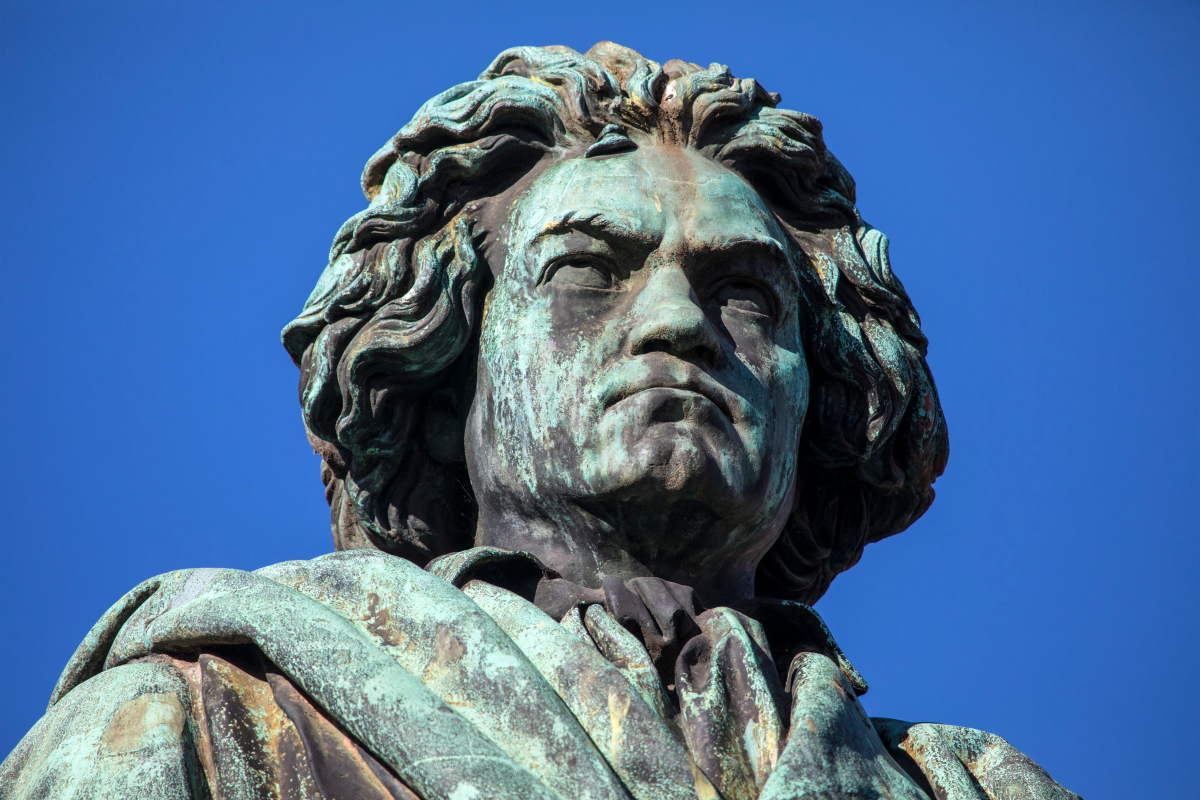Beethoven’s 10th Symphony completed after 194 years
Whether in the medical sector, as a weatherman or for coffee tests: Artificial intelligence is used in a wide variety of areas. Now there is news from the music world.
Piano concertos, string quartets and sonatas by Ludwig van Beethoven can be heard in orchestra pits and on stages around the world long after his lifetime. When Beethoven died seriously ill and presumably completely deaf in 1827 at the age of 56, he left behind nine complete symphonies as well as an unfinished work for posterity – one finds the beginning of a tenth symphony, the end of which his strength was no longer sufficient.
More than 40 sketches from the hand of the musician contain fractions of the symphony, fragments of a piece of music that will keep researchers busy for years. One of them is musicologist Matthias Röder.
Contents
AI and composition: team of experts refines Beethoven’s sequel over 2 years
At the beginning of 2019, Röder will put together a team of experts with whom he will use artificial intelligence to combine the individual set pieces into a coherent overall work that sounds like Beethoven. In addition to the Austrian composer Walter Werzowa, the pianist and musicologist Robert Lewin and Mark Gotham, an expert in the connection of computer technology and music, Röder also brings
For the scientifically oriented news portal The Conversation describes Elgammal in detailhow the project has evolved over time – starting with the first meeting in the Harvard music library “in a large room with a piano, a blackboard and a pile of Beethoven’s notebooks”. To ensure that the continuation of the symphony actually corresponds to Beethoven’s style, the KI was initially presented with, among other things, the composer’s numerous other works and “put together Beethoven’s creative process”. The individual sketches of the tenth symphony also had to be deciphered, transcribed and analyzed by the music experts – so that the AI could do anything with them.
Artificial intelligence: learning process like an ambitious music student – now the Beethoven addition is available
In November 2019, after intensive work, the first trial by fire took place: A first draft, a few minutes long, was tested in front of an audience – and passed. Only those who were familiar with Beethoven’s original designs would have known which parts were original and which were machine-made. This was followed by fine-tuning the composition, “at one point one of the music experts on the team said that the AI reminds him of an ambitious music student who practices, learns and gets better and better every day,” said Elgammal.
“Now this student, who has taken over the baton from Beethoven, is ready to present the tenth symphony to the world” – on October 9, 2021, the completed composition will be performed by the local Beethoven orchestra in Bonn, the city of Beethoven’s birth Premiered.
Beethoven’s tenth symphony is not the first unfinished piece of music to be completed with technological help after a long slumber: In 2019, for example, Huawei decided on Franz Schubert’s “Unfinished”, which is this once put asidebecause other works had interfered with him. The dark-sounding symphony was finally presented to an international audience in a collaboration between computer analysis and composer Lucas Cantor for the “Perfected” one in London.


